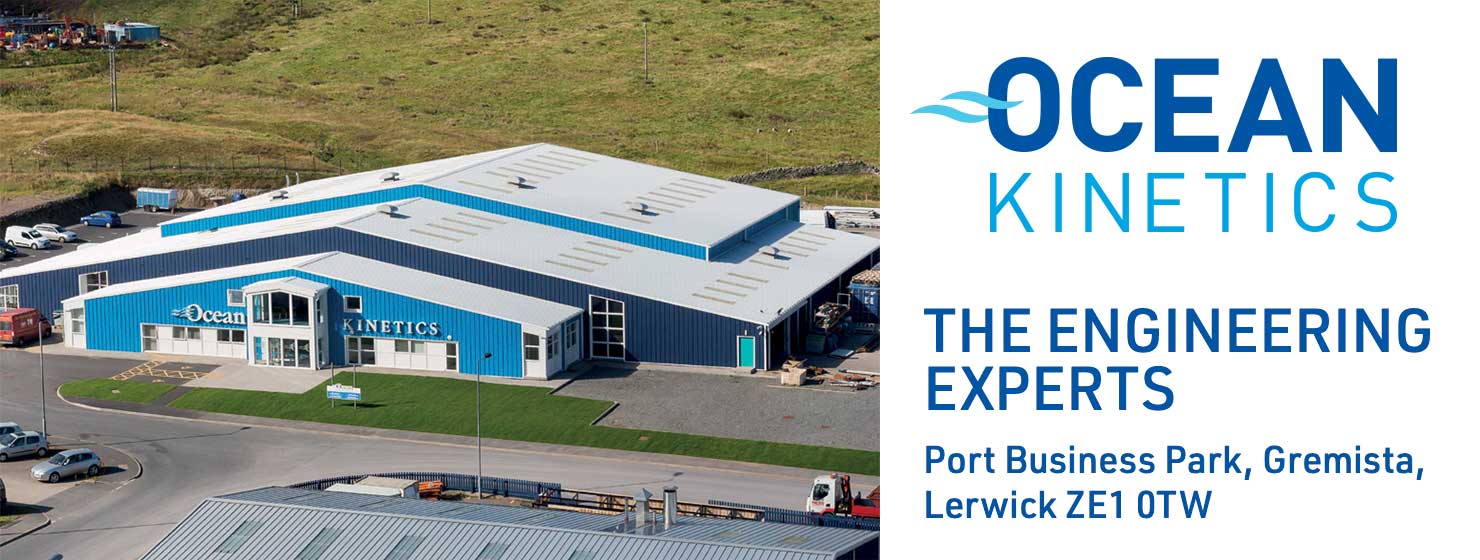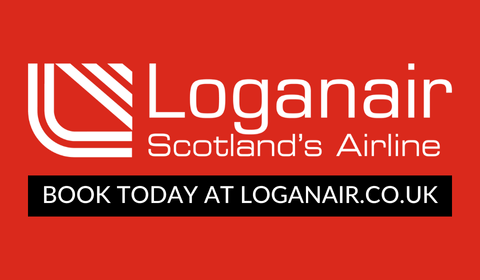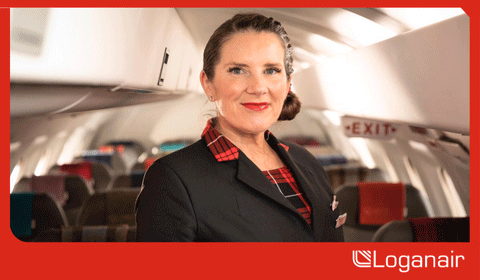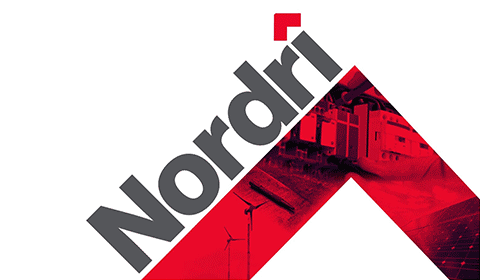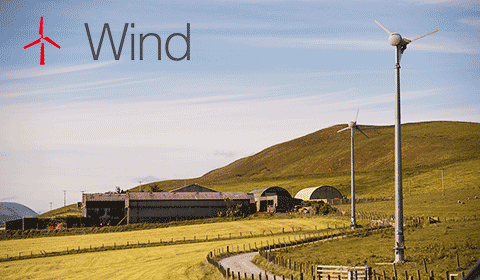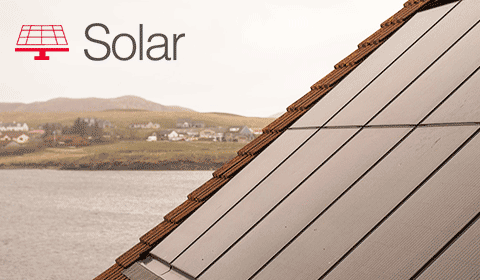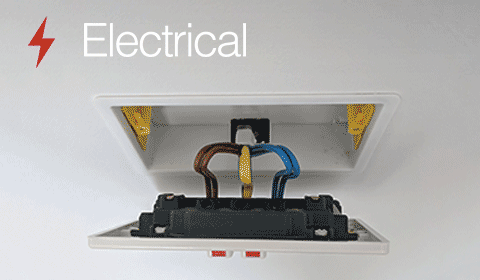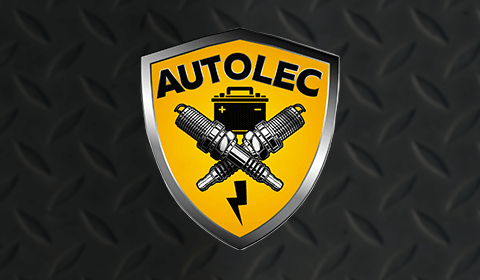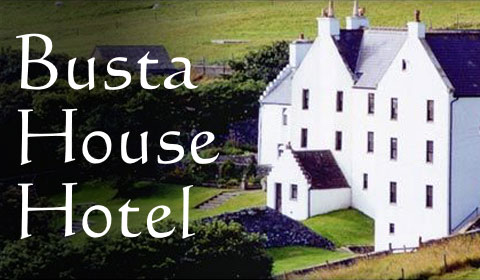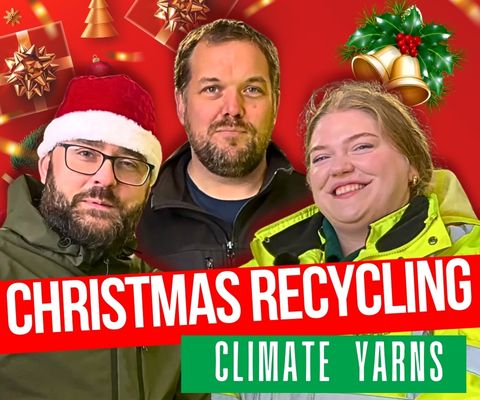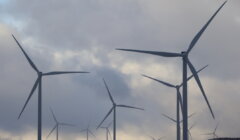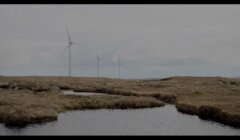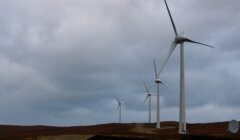Letters / Community owned wind farms: benefits and the issues we can’t ignore
First Minister John Swinney’s visit to Shetland is a timely opportunity to move beyond slogans and look seriously at what a just transition must mean in practice.
Recent reporting on the Garth Wind Farm illustrates the contradictions. In September 2024, its operator, North Yell Development Council (NYDC), warned that changes to grid access could leave smaller, community-owned generators “continually switched off” in favour of larger export-led projects, threatening their viability [1].
Yet by June 2025 the same wind farm was described as a major success — financially stable, servicing its borrowing, and funding a wide range of community projects [2].
This leaves the public unclear whether the risks have been solved or simply sidelined.
Garth is often presented as a model of community ownership. At 4.5 MW it is tiny compared with the Energy Isles project (north Yell), consented for up to 200 MW [3]. Although Garth is connected to the local grid, it does not supply households at preferential rates. Electricity is sold on commercial terms, with proceeds used for community projects [4].
Apart from a one-off £400 payment in 2023 — jointly funded with the National Lottery [5][6] — there are no direct reductions in household bills. NYDC’s website describes the 2023 scheme as “Shetland’s first Energy Grant Scheme,” a phrase that risked raising expectations of a regular payment [6].
From a household perspective, the income flow looks little different to a community benefit fund offered by a large energy corporation: projects are funded, but how much residents actually benefit is debatable. A community lunch paid for out of turbine revenue is not the same as having permanently lower fuel bills.
Community amenities such as a marina, housing investment and youth clubs are of course welcome, but they are indirect benefits; they do not address the urgent reality of extreme fuel poverty. Even projects often credited to Garth required outside funding, such as £140,000 from the Scottish Land Fund for the local Cullivoe shop [7].
Independent research has estimated Garth’s income at about £8,000 per capita [8], yet this has not translated into permanent energy security. A proportion of any income from community ownership should be ringfenced for direct relief from fuel poverty.
Garth shows how a modest, locally scaled scheme can deliver some benefits if properly managed; Energy Isles is the opposite — a project so large and intrusive that no conditions could make it right for Yell.
However, Companies House shareholder filings for Energy Isles Ltd (2014) show that several local companies with direct links to community organisations in Yell — including some whose directors have also served on NYDC — were among the original shareholders [9].
While private investment is not inherently wrong, such overlap raises legitimate questions about whether community organisations can remain impartial. The roots of this problem go back a decade or more. In 2014, local firms promoting a Yell and Unst wind farm warned: “we can either sit back and let outside companies come in — they are already looking here — or we can seize the initiative and do it ourselves” [10]. What was billed as a community-led opportunity has in practice advanced corporate and commercial interests, leaving locals carrying costs of different kinds.
Objections to Energy Isles repeatedly highlight damage to peatlands and loss of wildlife habitat. Local surveys indicate otter presence across Yell’s coasts — creatures now known worldwide thanks to David Attenborough — and their loss cannot be costed against a balance sheet [11].
The project’s own environmental assessments identify otter as a receptor requiring mitigation, and note other protected species such as curlew, whimbrel and dunlin [11]. A proportion of community income should be committed to nature-based projects that directly address these impacts.
Some will argue that a community buy-in could be used to lower bills, but such arrangements only lend legitimacy to multinationals like Statkraft, allowing them to present industrialisation as “community-backed” and to press for even more.
If such projects are to proceed, then those who profit personally should, instead, be asked to voluntarily return the majority of those profits to the wider community through an independent body free from renewables-sector conflicts of interest. Only then could “community benefit” be made genuinely equitable, limiting disproportionate personal gain, reducing social division, and ensuring that benefits are measured in terms of overall wellbeing rather than narrow financial return.
If ministers want a just transition that commands trust, the choice is clear. Champion measures that reduce bills, protect nature, and share benefits fairly, rather than persisting with schemes that export profits and leave Shetland with high fuel poverty, deeper community division, and the permanent loss of its natural heritage.
Adrian Brockless
Yell
References (with links):
[1] Shetland News (2024) Call to slow down the SSE/Statkraft juggernaut, 26 September. https://www.shetnews.co.uk/2024/09/26/call-to-slow-down-the-sse-statkraft-juggernaut/
[2] Shetland News (2025) We borrowed millions… it has paid off big time, 30 June https://www.shetnews.co.uk/2025/06/30/borrowed-millions-build-turbines-paid/
[3] Scottish Government, Energy Consents Unit (2023) Energy Isles Wind Farm consent decision (up to 200 MW). https://www.energyconsents.scot/ApplicationDetails.aspx?cr=ECU00002126 See also Statkraft (2023) project information indicating ~126 MW. https://www.statkraft.co.uk/energy-isles
[4] Shetland News (2025) We borrowed millions… it has paid off big time, 30 June. Direct quote: “Electricity goes right back into the grid, and we negotiate with suppliers to get the best price. Once borrowing is paid, the income is reinvested into community projects.” https://www.shetnews.co.uk/2025/06/30/borrowed-millions-build-turbines-paid/
[5] North Yell Development Council (2024) Annual Report 2023/24 https://www.northyell.co.uk/site/assets/files/1460/23-24_year_end_report.pdf
[6] North Yell Development Council (2023) Energy Grant Scheme webpage (“Shetland’s first Energy Grant Scheme”; £400 grant jointly funded by National Lottery and NYDC). https://www.northyell.co.uk/community/projects/energy-grant-scheme
[7] Highlands and Islands Enterprise (2024) HIE invests in community assets in Shetland’s Outer Isles, 23 September. (Scottish Land Fund awards including £140,000 for the village shop and £99,000 for business units). https://www.hie.co.uk/latest-news/2024/september/23/hie-invests-in-community-assets-in-shetlands-outer-isles/
[8] Platform & Equitable Energy Research CIC (2025) Social Value from Renewables, p. 26. https://platformlondon.org/app/uploads/2025/05/Social-Value-from-Renewables-EER-280525.pdf
[9] Companies House (2014) Energy Isles Ltd shareholder filings, 28 February 2014. London: Companies House. https://find-and-update.company-information.service.gov.uk/company/SC466337/filing-history
[10] Shetland News (2014) Firms plot big windfarm in Yell and Unst, 26 February. https://www.shetnews.co.uk/2014/02/26/firms-plot-big-windfarm-in-yell-and-unst/
[11] Statkraft (2023) Energy Isles Environmental Statement: Habitats and protected species (in project documents).https://www.energyconsents.scot/ApplicationDetails.aspx?cr=ECU00002126
NatureScot (various years) Otter distribution data for Shetland. https://stateofnature.org.uk/wp-content/uploads/2023/09/TP26056-SoN-Scotland-summary-report-v5-1.pdf
See also: https://www.shetland.org/blog/shetlands-otters
